Oops! I’ve been forgetting to do the “if you’re just tuning in…” part of the entry. Right. So, we’re in New Zealand. We’ve been here for seven months. For a month we settled in and wwoofed quite a bit. Then we worked four months during the southern hemisphere summer. Now it’s been two months on the road in one of three modes: backpacking, wwoofing, or sight-seeing. They complement each other nicely and keep us from needing a vacation from our vacation! The autumn has been wonderful, and winter is slowly starting to nuzzle its way in the door.
This is definitely a sight-seeing entry! Fresh of the Routeburn Great Walk, we jumped in the car and drove the rest of the curvaceous, high-alpine road to the famous Milford Sound. The southern west coast of New Zealand
has a handful of huge fiords/sounds and dozens of smaller ones — icy fingers of the sea sneaking between soaring peaks. Milford is the only sound that has a paved public road for access and a breath-taking, picturesque spire as it’s inland focal point (Mitre Peak).
The drive to the sound is amazing. First the Eglington Valley, then a climb up through the forest and above treeline to the Homer Tunnel — a project more than 30 years and several avalanche deaths in the making. Once you’ve bumped your way through the rough-hewn tunnel, it’s down, down, down, down, down to the sea!
We spent a full day just relaxing at a hostel, going on short nature walks, enjoying the scenery, and playing the New Zealand version of Trivial Pursuit until they booted us out of the lounge!. We opted out of the cruise option. Milford Sound is not that lengthy, and $150 is a lot of money. After so many days in the backcountry, we were madly in love with our lentils, popcorn, etc. And of course we were loving ourselves for having the foresight to stock up on a six-pack of microbrew!
Our trip back to the main town made for a casual day. We took advantage of several nature walks, including a visit to the Humboldt Falls! In town, we went to a showing of the locally produced imax-like film. It was good to see some of the gorgeous places that we didn’t get to visit. Thanks to a sweet bartender who pointed us to the hidden locals night upstairs at a pub, we had a great evening of live music and Old Dark (beer).
Since the weather forecast for the weekend was miserable, we decided to give up the chance to do another great walk (i.e. the chance to be pelted by freezing rain and slog through the mud all day long), and instead we moved into a hut for the weekend! We weren’t due at our wwoofing spot until Monday, so we found a hut with a short hike in, stocked up on luxuries and necessities, and spent the weekend at a cabin. It was great!
Click here for photos of more sights, the tomtit that flew into our mirror repeatedly, Pat at Trivial Pursuit, etc.







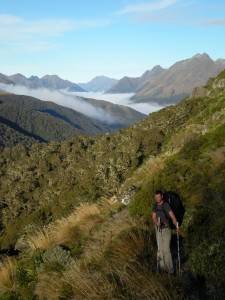


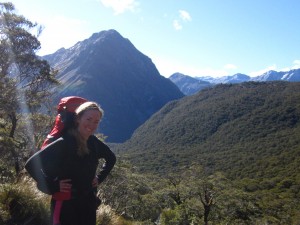




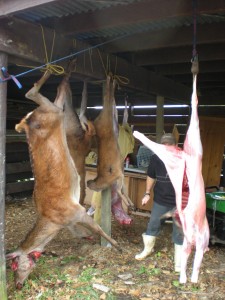

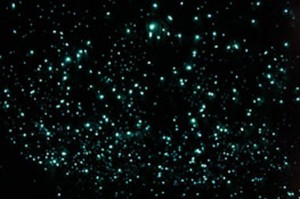
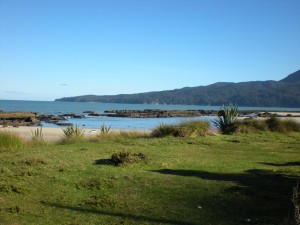




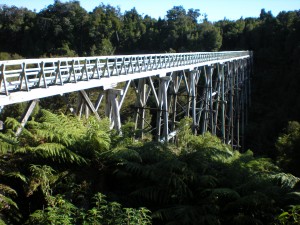
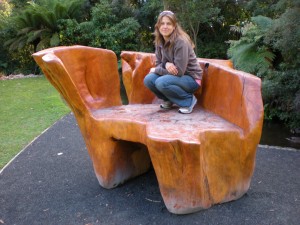

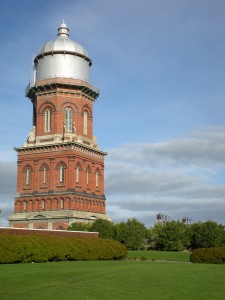



















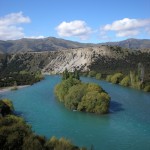







Twitter Facebook Google+ StumbleUpon Reddit Pinterest